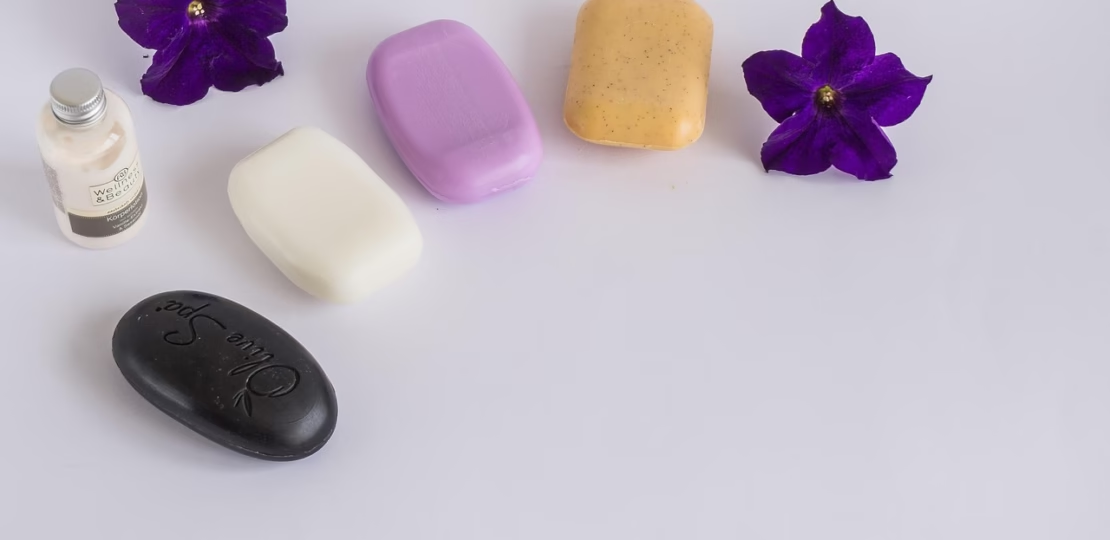“The Rise of ‘Wellness Rooms’: How Homeowners Are Creating D
May 23, 2025 | by Rachel Bloom

The Rise of ‘Wellness Rooms’:
How Homeowners Are Creating Dedicated Spaces for Self-Care and Relaxation
Every home has a heart—a place where we retreat to recharge, reconnect, and seek a sense of peace. Over the past few years, more people have been intentionally creating environments within their homes designed solely for self-care and relaxation. Wellness rooms, once a luxury reserved for upscale spas or retreats, are now becoming a beloved feature in households around the world. As both a medical researcher and someone deeply committed to holistic well-being, I’ve not only witnessed this trend flourish—I’ve embraced it myself.
Why Wellness Rooms Are Flourishing
The collective seasons of challenge—from global pandemics to everyday stressors—have changed our relationship with our living environments. The lines between work, rest, and recreation blurred, and for many, the home became not only an office and a classroom but also a sanctuary in an uncertain world.
We are craving boundaries—physical and emotional. Wellness rooms offer what I like to call a “compassionate pause”—a dedicated oasis where you can soothe your nervous system, nurture your mind, and honor both stillness and presence. Research shows that intentional spaces for meditation, gentle movement, breathwork, or even daydreaming can help lower cortisol, boost mood, and reinforce healthy daily rituals.
“A wellness room is an act of radical self-kindness—an invitation back to yourself, even if just for a few peaceful minutes.”
The Anatomy of a Wellness Room
These rooms vary as much as the individuals who create them, yet there are a few common threads—each space is tailored to reflect personal healing needs, aesthetic preferences, and sensory comfort.
- Lighting: Frequent use of natural light, soft lamps, salt lamps, or candles. Lighting sets the mood for relaxation or gentle alertness.
- Color palette: Earthy tones, gentle greens, sky blues, or tranquil creams provide a restorative backdrop, supported by science linking cool and neutral colors to stress reduction.
- Sensory elements: Houseplants, aromatherapy diffusers, cozy throws, and textured rugs. Sensory richness can ground us in the present and soothe anxious minds.
- Dedicated space for activities: You might find mats for meditation or yoga, a sound system for music or nature sounds, a water feature for gentle ambiance, or simply a plush chair perfect for reading or napping.
I’ve seen clients transform small spare bedrooms, sunny corners of living rooms, and even tucked-away nooks into their personalized havens. The vital ingredient isn’t square footage—it’s intention.
Wellness Rooms as Acts of Self-Compassion
Our environments shape our inner lives as much as our habits do. Creating—even claiming—a wellness room is an act of self-respect. It’s sending a signal, both to your brain and your heart, that your needs matter, rest is not a luxury, and daily rituals of care are non-negotiable for long-term well-being.
These spaces don’t demand perfection. In my home, my wellness room might smell of calming lavender one day and fresh eucalyptus the next, depending on what my mind and body crave. Some days it’s a place for gentle stretching; others, for quiet reflection with a mug of herbal tea. The beauty lies in the flexibility and permission it offers you.
Making Your Wellness Room Feel Like You
Bring in elements that genuinely resonate. Maybe it’s an heirloom quilt, meaningful books, gentle chimes, or art that prompts a smile. Let this space be free from digital clutter—think intentional over perfection, calm over curation. Give yourself permission to evolve the room with your needs and your seasons.
Wellness is not a destination, but a day-by-day practice. A dedicated space supports this—reminding you that returning to yourself, even briefly, is always within reach.
The Future Is Nurturing
As we continue to navigate modern life, I sense that wellness rooms will only become more integral to our homes and our happiness. Whether you seek quiet, healing, focus, or a touchstone for daily gratitude, the rise of these spaces signals a cultural shift—one that honors not just surviving, but thriving and nurturing our whole selves.

RELATED POSTS
View all



